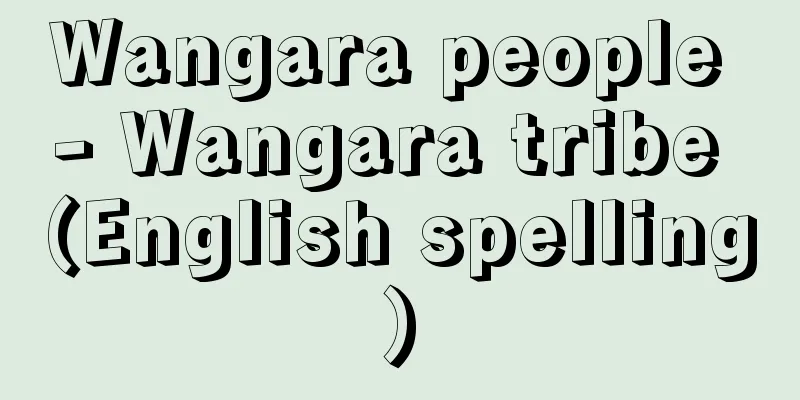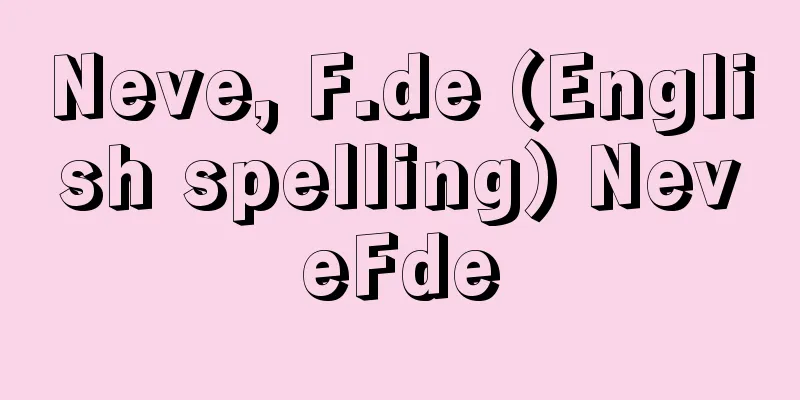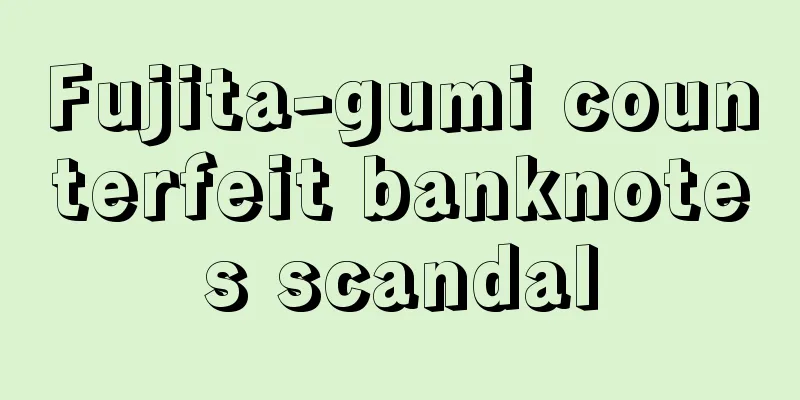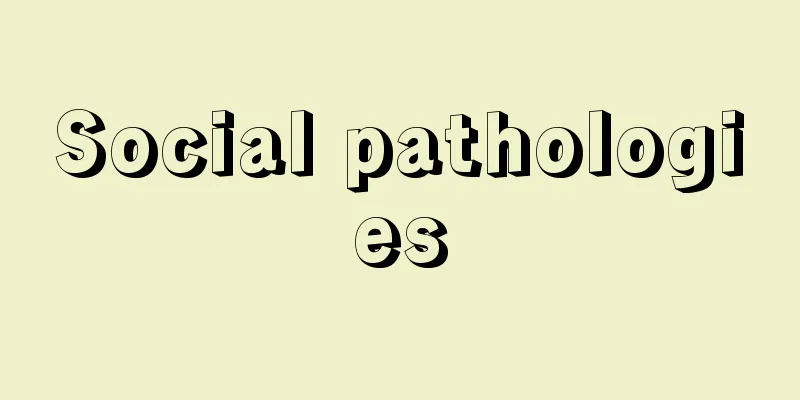Sekisou-ourai

|
A textbook from the Muromachi period. One of the Koourai. One volume. The author is listed as "Lord Kanpaku Kanera of Gojo-onji Temple," and it is said to have been written by Ichijo Kaneyoshi. The date of its creation is unknown. Shakuso means letter, and in the form of a letter, it provides a wide range of diverse knowledge and culture necessary for social life, but it does not limit itself to the lives of nobles (kuge), but also touches on the lives of samurai society, making it a material for learning about the social conditions of the Muromachi period. The first part of this book contains information on annual events such as Kojohai, Sansetsue, Goshomato, and Seibyohoraku, as well as various things related to them, and things related to the professions of samurai such as horses, bows, armor, and blacksmithing. The latter half of the book also contains information on divine appeals, medicines, earthquakes, prayers, the head consul, disputes, matters of partial settlement, local peasants who had to deal with difficulties, punishment, military officials, monks, the 22 shrines, the 4 major temples, the 8 sects, the Buddhist sermons, the 5 mountains of the Three Kingdoms, as well as famous hanging paintings, shoin ornaments, folding screens, paints, porridge, dim sum, various foods, tea, sweets, donations, and even cremations and anniversaries of death. [Takayoshi Arai] [Reference] |Source: Shogakukan Encyclopedia Nipponica About Encyclopedia Nipponica Information | Legend |
|
室町期の教科書。古往来(こおうらい)の一つ。一巻。作者については「後成恩寺関白兼良(のちのじょうおんじかんぱくかねら)公」と掲げられており、一条兼良の撰(せん)と伝える。成立年代は不明。尺素とは手紙のことで、書状の形式をとって、社会生活に必要な多彩な知識・教養を広範囲に提供しているが、公家(くげ)の生活に限定せずに武家社会の生活にも触れているので、室町期の社会相を知る材料となる。本書前段には小朝拝(こぢょうはい)、三節会(せちえ)、御所的(ごしょまと)、聖廟法楽(せいびょうほうらく)などの年中行事とそれに関する各種事物、馬、弓、甲冑(かっちゅう)、鍛冶(かじ)などの武家の職能にかかわる事物が収められている。また後段には神訴(しんそ)、薬種(やくしゅ)、地震、祈祷(きとう)、本領事、相論、半済(はんぜい)事、難渋対捍(なんじゅうたいかん)之土民百姓、成敗、武官、僧官、二十二社、四箇大寺(よんかたいじ)、八宗(はっしゅう)、仏説法次第、三国五山などから、名筆掛絵、書院置物、屏風(びょうぶ)障子、絵具、粥(かゆ)、点心(てんじん)、諸食物、茶、菓子、布施物、さらに荼毘(だび)、忌日などまでを載せている。『群書類従』消息部所収。 [新井孝重] [参照項目] |出典 小学館 日本大百科全書(ニッポニカ)日本大百科全書(ニッポニカ)について 情報 | 凡例 |
>>: Seokchang-ri Historic Site - Seokchang-ri Historic Site (English)
Recommend
Osaka Municipal Museum of Ancient Ceramics - Osaka Municipal Museum of Ancient Ceramics
...This is a collection of ancient Oriental ceram...
Nicotinic acid
...(3) Excess Riboflavin is said to be harmless e...
Amytal Interview - Amytal Interview
A type of psychoanalysis that uses anesthetics. A ...
Pedicularis keiskei (English spelling) Pediculariskeiskei
… [Kei Yamazaki]. … *Some of the terminology that...
Metastasis
...In recent years, the incidence of primary infe...
Margin chase - Oisho
This refers to additional margin in margin trading...
Orient Express - Orient Express (English name)
A long-distance luxury train that originated in Eu...
Kallikrates
Date of birth and death unknown. A Greek architec...
Deck - Kohan (English spelling) deck
Deck. A ship's floor, equivalent to the floors...
Edo Sanza
Among the Edo Kabuki theaters, there were three t...
Aphrodisiacum - Aphrodisiacum
...A general term for drugs used to increase one&...
Kim Young-sam
The 14th President of South Korea (Republic of Ko...
Hydrocotyle maritima (English name) Hydrocotylemaritima
…[Murata Gen]. … *Some of the terminology that me...
Takydromus tachydromoides (English spelling) Takydromustachydromoides
… [Takahiro Matsui]. … From [Lizard] ...The body ...
Side rest - Kyosoku
A type of seating equipment. A piece of equipment...









